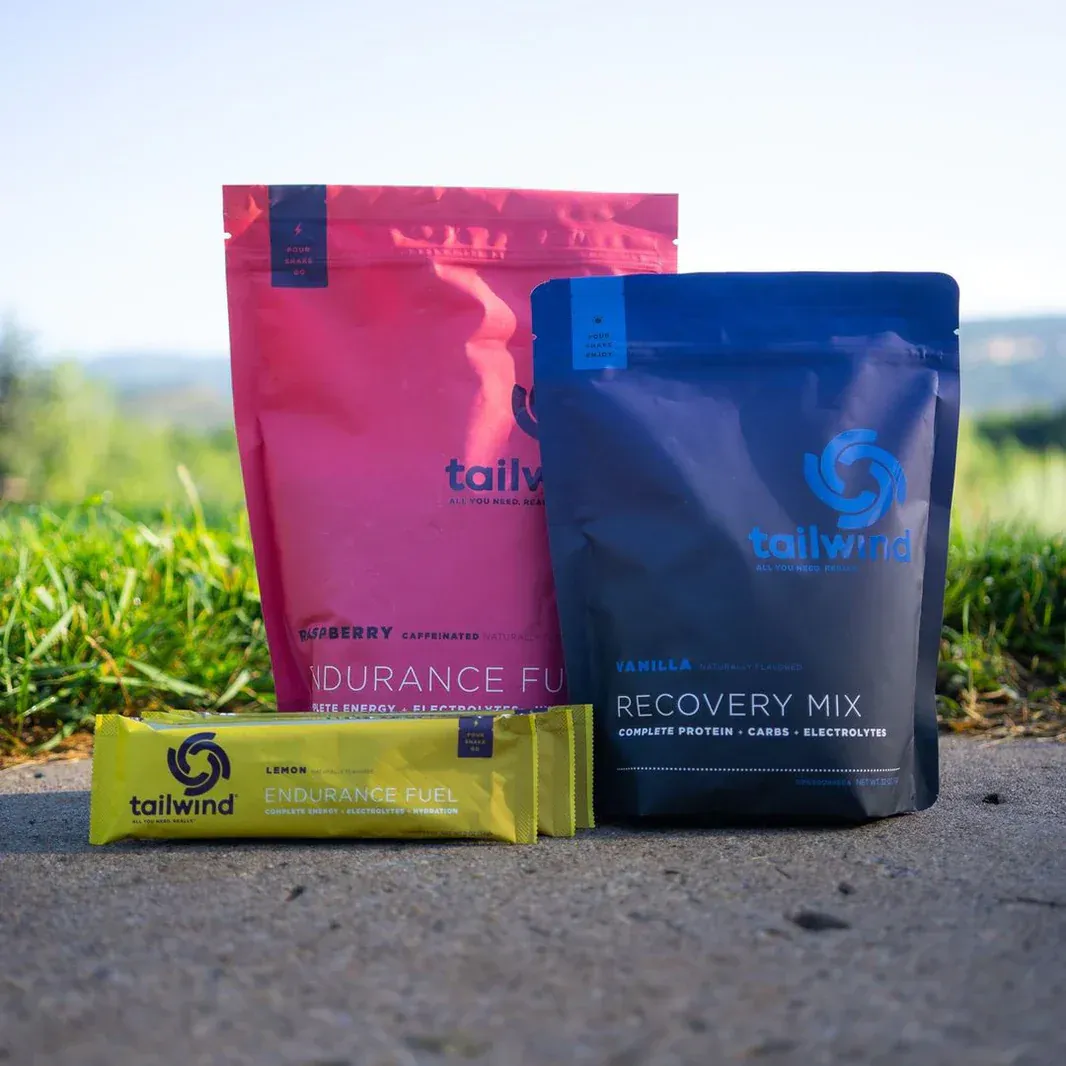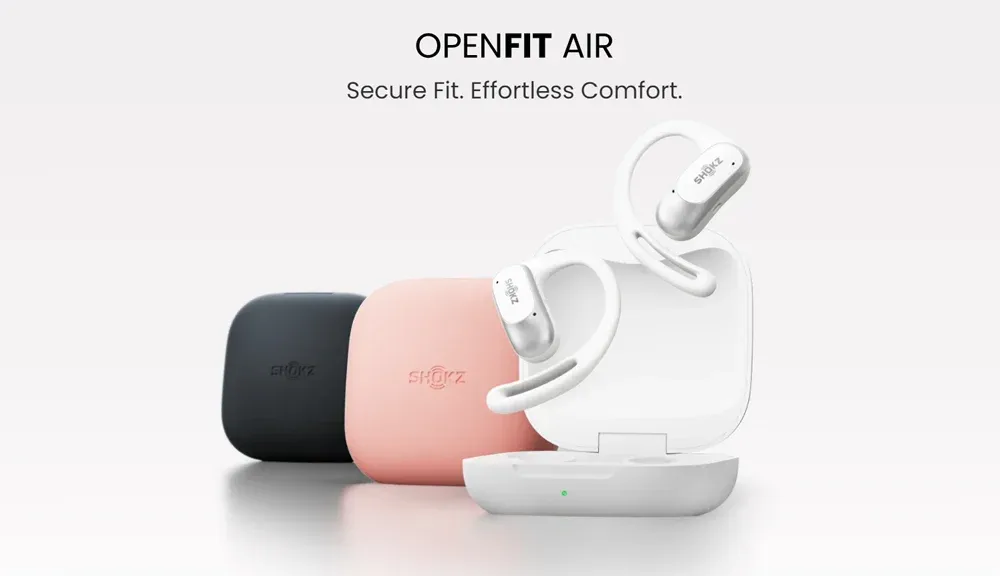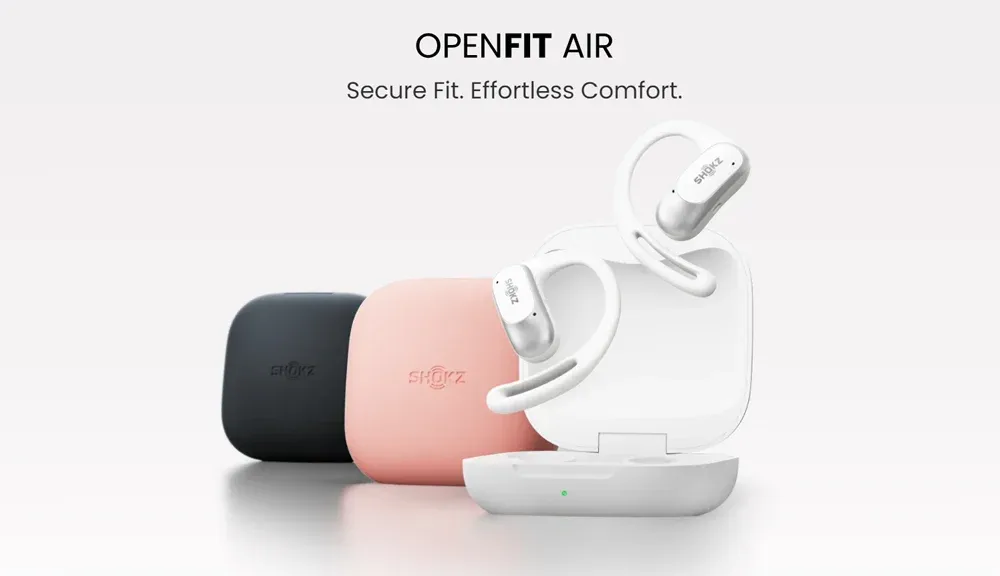Table of Contents
Running is a sport of endurance, strategy, and sometimes, a bit of science. For those pushing their limits on long-distance runs, maintaining energy levels becomes crucial. This is where energy gels come into play. But when exactly should you use these little packets of fuel to maximize their benefits?
The Role of Energy Gels
Energy gels are designed to provide a quick source of carbohydrates, which are essential for replenishing glycogen stores depleted during prolonged exercise. They often contain a mix of sugars, electrolytes, and sometimes caffeine, making them a handy solution for a mid-run energy boost.
Before the Run
- Preparation for Long Runs: Consuming a gel 15 minutes before starting a run can help top up your glycogen stores. This is particularly useful if you haven’t had a substantial pre-run meal or if you’re heading out early in the morning and need a quick, digestible energy source.
- High-Intensity Sessions: If you’re about to undertake a high-intensity training session, like interval training or hill sprints, taking a gel beforehand can ensure you have the energy to perform at your best from the outset.
During the Run
- Runs Over 60 Minutes: For runs lasting longer than an hour, it’s recommended to consume gels every 30-45 minutes. This helps maintain blood glucose levels and delay the onset of fatigue.
- Marathons and Ultra-Marathons: In endurance events, where you’re on your feet for several hours, regular gel intake is essential. Begin taking gels after the first 45 minutes and continue at regular intervals to keep energy levels stable.
- Hitting the Wall: If you start to feel the dreaded “wall” approaching, characterized by a sudden drop in energy, a gel can provide the quick carbohydrates needed to power through.
After the Run
- Recovery: While gels are primarily for use during exercise, if you’re in a pinch and have no other recovery food available, a gel can help kickstart the replenishment of glycogen stores post-run until you can have a proper meal.
Tips for Using Gels
- Practice in Training: Never try a new gel for the first time on race day. Use your training runs to experiment with different brands and flavors to see what your stomach tolerates best.
- Hydrate: Always wash down gels with water. This helps with digestion and prevents gastrointestinal issues. Avoid taking gels with sports drinks as the high concentration of sugar can cause stomach distress.
- Plan Your Intake: Have a gel strategy. Know when you’re going to take them and stick to your plan. This ensures you don’t forget and suddenly find yourself running on empty.
Conclusion
Energy gels can be a game-changer for runners, especially during long and intense efforts. Knowing when and how to use them effectively can help maintain energy levels, improve performance, and make those challenging runs a bit more manageable. Remember to test your strategy during training to find what works best for you, and you'll be well-prepared to tackle your next long run or race with confidence.








